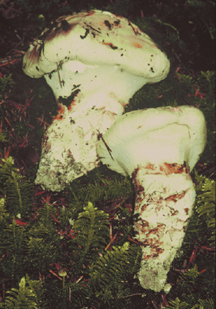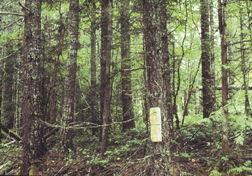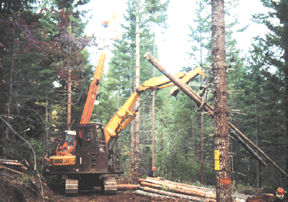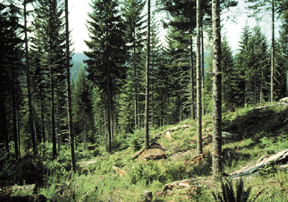

SilviShrooms
Predicting edible mushroom productivity using forest carbon allocation modeling and immunoassays of ectomycorrhizae




Stand Conditions and Silvicultural Choices
Sustaining appropriate forest habitat is essential for sustaining associated EM mushroom crops. EM fungi exhibit varying degrees of specificity for arboreal host species, so tree species selection controls which fungi can occur in a stand. Clear-cutting a forest interrupts the fruiting of edible EM fungi for 1-3 decades as the new stand becomes established. Less well understood is how site conditions (soil fertility or climate), stand conditions (age, density, or growth rate) or management activities (commercial thinning or fertilization) affect mushroom productivity over time, and how mushroom values compare to timber or other resource values. Because many mushroom crops are harvested from the same forests that are managed for timber or other forest products and amenities, forest managers need a better understanding of how their choices will influence the size and value of mushroom crops if they are to optimally manage for multiple resource values.
|
|
||
 |
 |
 |
|
|
|
|